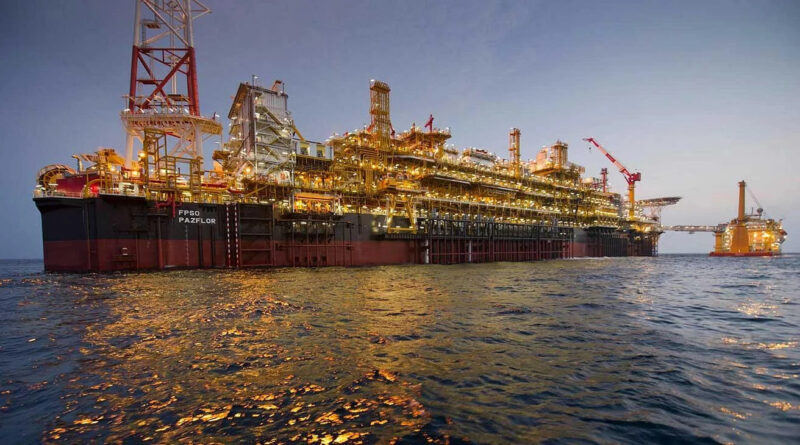Oil recovery shows demand is still rebounding as it hits $82/barrel
With the pandemic is still around us, its impact on the world economy and on energy demand is fading. Renascent demand has been a key factor in the record high gas and coal prices recorded in Europe and Asia in recent weeks. For oil, too, demand has been rebounding.
Global oil consumption ran at about 97 million barrels per day in the third quarter of 2021, up 6% from the same quarter of 2020, and Wood Mackenzie expects it to rise again to about 99 million b/d in the fourth quarter. That demand growth, coupled with the OPEC+ group’s decision to stick to its previously agreed schedule for increasing supply, has driven prices higher, leaving Brent crude at about $82 a barrel last week.
The recovery is expected to continue. By the third quarter of 2022, Wood Mackenzie projects, world oil demand will be back to pre-pandemic levels. The pace of the recovery across products and across countries is still uneven. Countries where vaccination rates are relatively high and fatalities have dropped sharply are generally seeing stronger recoveries than lower-income countries that face greater difficulties in protecting their populations.
In the US, petroleum product demand over the summer has been approaching its all-time highs at about 21 million b/d. Gasoline consumption since July has been only about 2% below its 2019 level.
Air travel has been slower to recover, but it too has been rebounding. In the four weeks to October 1, US jet fuel demand of almost 1.5 million b/d was only 14% lower than in the equivalent period of 2019, according to the US Energy Information Administration. It was up 64% from the same period of 2020.
Since April, Wood Mackenzie’s projection of oil demand has been revised up slightly for North America, but revised down for the Asia-Pacific region. The recovery in jet fuel demand, for example, has been much slower in southeast Asia than in the US.
When the impact of the pandemic on world oil markets was at its height, there was talk that we had already passed the point of “peak demand”, and consumption would never again be higher than it was in 2019.
Peak demand will come only through long-term structural changes, most immediately in light road transport, and those take time. There are signs that the surge in EV sales in Europe may be starting to chip away at road fuel demand there, but most of the world is not there yet. As the impact of the pandemic continues to fade, that is likely to become increasingly apparent.




